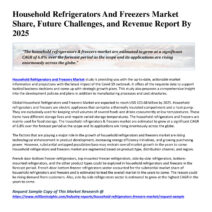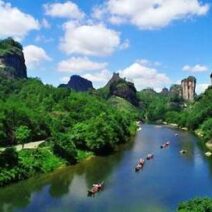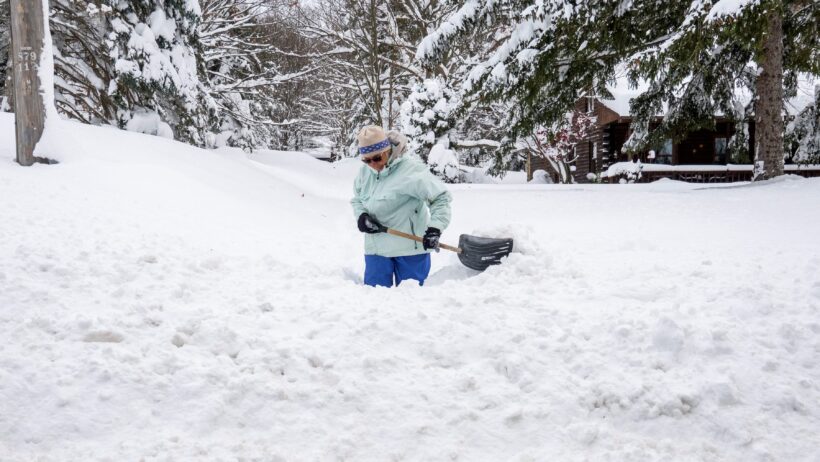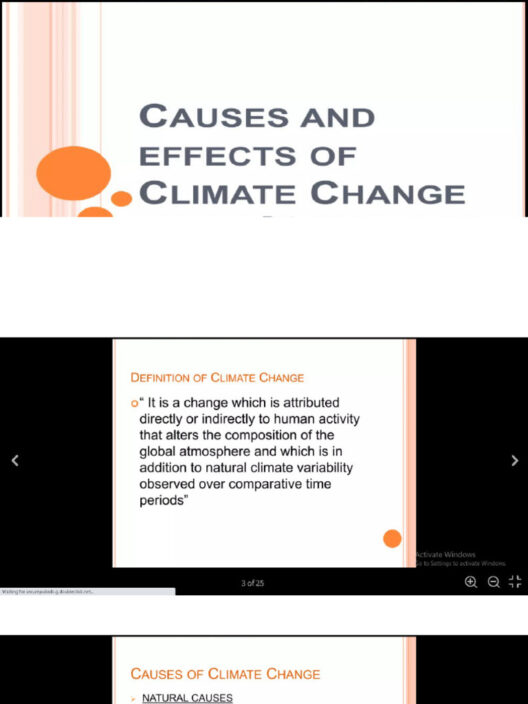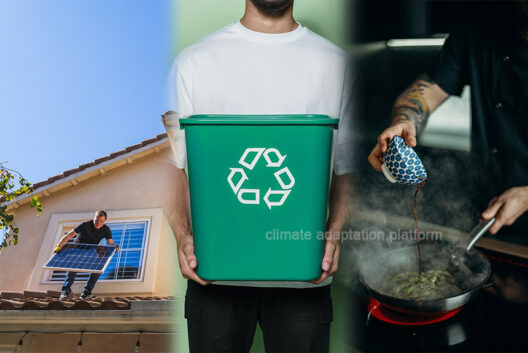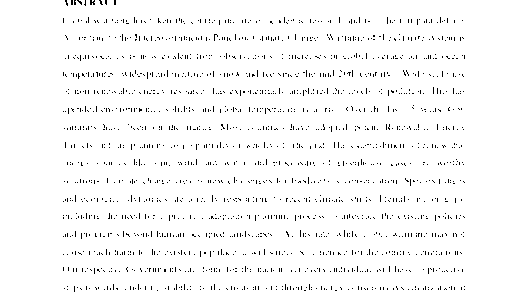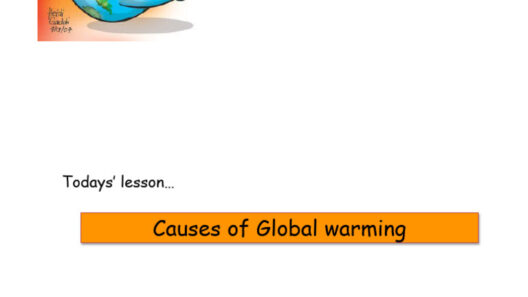The intricate interplay between global warming and winter weather presents a captivating paradox that challenges conventional wisdom. While the term “global warming” suggests a universal rise in temperatures, it conceals a more intricate reality where the effects on winter climates are not uniformly predictable. Understanding this complex phenomenon calls for a deeper dive into the mechanisms at play, including the influence of warmer temperatures on atmospheric conditions and their unexpected ramifications for winter weather patterns.
One of the foremost aspects of this discussion is the concept of polar vortex instability. The polar vortex can be likened to a large-scale cyclone that envelops the polar regions. Under normal circumstances, this frigid air is kept in place by a stable vortex, which is primarily driven by the temperature differences between the Arctic and mid-latitude regions. However, as the planet’s temperatures rise, particularly in the Arctic—a phenomenon often referred to as Arctic amplification—the vortex’s stability can become compromised. When warm air infiltrates the polar regions, it can weaken the polar vortex, leading to its disruption. This disruption can cause the cold Arctic air to push southward, resulting in severe winters in regions that typically experience milder conditions.
The link between Arctic warming and colder winters in the mid-latitudes illustrates the paradox of global warming. Extreme events such as plunging temperatures and heavy snowfall in regions like the United States or Europe are often attributed to this very phenomenon. For instance, data collected over recent winters has shown an uptick in frigid outbreaks, aligning with reports of a warming Arctic. This interplay reveals the complex cascading effects of climate change and suggests that global warming can, unexpectedly, contribute to more severe winter weather in certain areas.
Moreover, the alteration of atmospheric circulation patterns plays a significant role in winter dynamics. The warming climate is shifting key oceanic and atmospheric currents, which have profound ramifications for seasonal weather. The Jet Stream—a high-altitude river of wind that influences weather patterns—can become more erratic as it adjusts to the changing temperature gradients. When the Jet Stream dips further south, it can unleash bouts of frigid air and severe winter storms across middle latitudes. Thus, while global average temperatures are climbing, these shifts in atmospheric currents may usher in periods of bitter cold and increased snowfall.
Another critical aspect to consider is the frequency and intensity of snowfall. Research has indicated that warming does not equate to a reduction in snowfall in all areas. In fact, warmer air holds more moisture, which can result in heavier snowfall events during winter storms. This juxtaposition of warming and increased precipitation poses challenges for infrastructure, winter sports, and local ecosystems. Regions that may not have been accustomed to copious snowfalls may find themselves grappling with the repercussions, including transportation disruptions and heightened risks of flooding during melt periods.
The extent to which urban areas experience changes in winter weather due to global warming is also noteworthy. Urban heat islands—areas where human activities and built environments lead to localized warming—can further complicate the picture. These cities might not only experience milder winters but also be subjected to altered precipitation patterns. Snow may not accumulate as readily in urban centers compared to surrounding rural areas, leading to significant disparities in winter experiences across geographical spaces. This phenomenon serves to highlight the intersection of environmental and social justice issues, as urban populations face unique vulnerabilities linked to climate change.
As we examine the ramifications of global warming on winter weather, it is imperative to acknowledge the potential for positive feedback loops. For instance, as polar regions warm, snow cover diminishes, which in turn reduces the Earth’s albedo effect—the process by which sunlight is reflected from the Earth’s surface. This feedback can amplify warming and further destabilize winter weather patterns, creating a cycle that is challenging to break. The implications of these feedback loops extend beyond immediate weather phenomena, impacting ecosystems, agriculture, and biodiversity on a broader scale.
In juxtaposition to these complexities lies the importance of adaptability and resilience in the face of shifting climate realities. Communities and policymakers can take proactive measures to prepare for potential cold snaps and heavy snowfall. Adaptation strategies might include modifying infrastructure to handle wetter and colder conditions, bolstering emergency response systems, and promoting public awareness of winter weather preparedness. By fostering a mindset of resilience, societies can mitigate the impacts of unpredictable winter weather resulting from global warming.
To conclude, the intersection of global warming and cold winters forms a multidimensional tapestry of climatic phenomena that defies simplistic interpretations. While global temperatures rise, the complexities intrinsic to atmospheric dynamics can lead to counterintuitive outcomes such as colder winters in some regions. Understanding these dynamics emphasizes the necessity for comprehensive approaches to climate change that account for the multifaceted and often paradoxical nature of our planet’s changing weather. As we continue to unravel these intricate threads, it becomes increasingly evident that the future of winter weather is as unpredictable as it is compelling, urging us all to engage thoughtfully with the pressing realities of a warming world.
